Reportedly, there was a clash between two groups in the outskirt of Oodlabari (Mal Subdivision) in Jalpaiguri District, recently, over an issue of land. Oodlabari is a small town on the National Highway 31 that passes through Bengal Dooars about 40 km east of Siliguri.
According to eyewitnesses, the brawl started when a group of men, reportedly, demanded ‘GT (Gunda Tax)’ from the purchaser of a piece of land. When the purchaser confronted the group and denied paying demanded GT, he was beaten black and blue and had to be hospitalized. The group didn’t stop there and created a ruckus in Oodlabari Bazar later. Eventually, locals joined hand to thrash the rogues, before police arrived to rescue the group and normalize the situation. The area has been under strict police vigilance since then to take care of any potential untoward events that may turn quickly communal.
Discussion with the locals on the issue shed light to the fact that there has been a gradual upsurge of settlers from outside the region, and now they dominate the periphery of Oodlabari town, particularly the riverine belt of Gish ‘Khola’. The area used to be open and vacant earlier. Locals do not know where do these new immigrants come from and who encourages them to inhabit the bank of the river. Their numbers are, however, steadily increasing over time. They occupy such vulnerable riverine belts that are normally abandoned by the locals. One of the advantages of occupying such risk-prone land is that the moment river water/floods damage their huts, state government immediately comes forward to help them, provide with shelter and food.
In the neighbouring Gorkhaland Territorial Administration (GTA), too, it is disturbing to witness sprouting informal huts along the NH10 between Rangpo and Kalijhora. The stretch between Melli and Teesta Bazar is particularly worrisome where around 70 new hutments have come up in the area, recently. Reportedly, new settlements have also been noticed around Tista bazar and across pockets of Kalimpong town.
Duars the Gateway to Bhutan, Northeast India and Beyond
Duar, which also means ‘door’, ‘passage’ in Assamese, Bengali, Nepali, Maithili, Bhojpuri, Magahi and Telugu languages, has historically formed a gateway to Bhutan, Northeast India and South East Asia. Duars are also commonly referred to as Dwars or Dooars. Situated at an altitude ranging from 90m to 300m, they represent floodplains and foothills of the Eastern Himalaya around Bhutan.
Bengal Duars, politically, borders the foothills of Darjeeling district east of Tista River, entire Jalpaiguri and Alipurduar districts and the upper region of Cooch Behar district in West Bengal. The region is noted for varied forms of bio-resources and ethnic diversity. It is also known for tea gardens that were planted by the British. The region, generally, is composed of numerous tribal groups, including Bodos, Rabha, Mech, Toto, Tamang/murmi, Koch, Limbus, Lepcha, Rajbongshis and Adivasis who were brought in to man the tea plantations by the British. Considerable numbers of Bengalis (mostly displaced/relocated from erstwhile East Pakistan) also live in the region.
The region has been historically important both in terms of socio-culture connections and geopolitical strategies. This region is a melting pot of ethnic diversity. It is dynamic in nature and evolving with time.
The gradual demographic shift in Bengal Duars
After partition in 1947, Bengali refugees came in large numbers and settled in North Bengal. Although the Indo-Bangladesh border is a closed border and free movement of citizens are not allowed, there has been a massive and steady influx of Bangladeshi immigrants into the region after the creation of Bangladesh in 1971. However, the real problem has been that nobody knows the precise number of informal migrants.
According to Professor A K M Anwaruzzaman of Aliah University, ‘11,700,000 refugees arrived in India from East Pakistan propelled by the partition of India in 1947 and Jalpaiguri witnessed 48.27% growth rate during 1951-61. Further, triggered by war of independence of Bangladesh in 1971, 10 million Bangladeshis, mainly hindus took shelter in West Bengal. Large number of Bangladeshi refugees settled in Jalpaiguri district as a result’.
As early as in the 1980s, TV Rajeswar, former IB director and former governor of the state, had written and cautioned against heavy infiltration into West Bengal from Bangladesh.
In 2012, then Darjeeling District Congress secretary, Dilip Pradhan pointed that ‘all the people from Terai-Dooars who are against the formation of Gorkhaland are Bangladeshis. He alleged that North Bengal alone accommodates 30 lakh Bangladeshi nationals who often try to create a disturbance by planning various schemes. The state government is sheltering Bangladeshi immigrants and making them its vote bank, which is a problem for the nation as a whole’.
According to Government of India, there were around two crore Bangladeshi immigrants staying illegally in India in 2016. The figure was almost 67 % higher over 1.2 crore estimate given by UPA government in 2004. UPA government had estimated 57 lakh Bangladeshi squatters in West Bengal, the highest among the states at that point followed by Assam with 50 lakh.
It may be noted that Bangladeshi nationals do not cross the border into India in sudden spurts in recent times, as they did earlier in the wake of partition. They are now coming in a slow, steady trickle, in groups of 10-20 across the porous Indo-Bangladesh border. Statistical data shows that by 1987 there were 49.50 lakhs Bangladeshis in West Bengal covering all the districts of the state. Reportedly, close to 50 Bangladeshis cross over to West Bengal every day.
A closer examination of the demographic data hints that poor economic conditions at the source and search for better economic pastures in the host region have traditionally been the forces behind this informal immigration. However, it is also clear that successive West Bengal Governments have also encouraged and sanctioned the informal immigration of the Bangladeshi nationals into the region as guaranteed ‘vote bank’.
In the past four decades, the decadal population growth in the region has remained at nearly 40 per cent. Given the relatively small size of the original population, this kind of population explosion is simply not possible naturally. Unchecked cross-border immigration from Bangladesh is, therefore, contributing to this large population growth in the region. Such a situation is gradually destroying the dynamic socio-cultural, economic and political fabric of the region.
It then comes as a no surprise that the percentage share of hill populace in Darjeeling district has also continuously gone down over the years. The share was around 72% in 1951; it went down to 65% by 1961, 54% by 1981, and 49% by 2011.
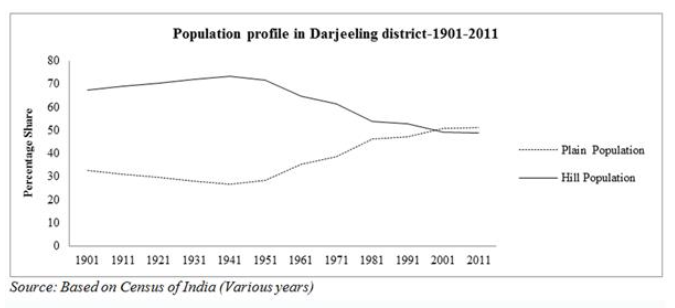
Demographic Shifts: Darjeeling Hills vs Plains population share changes
If this trend continues, then the hills populace will fast become a minority in their own region.
Ironically, West Bengal chief minister Mamata Banerjee, recently, even threatened Prime Minister Narendra Modi to dare touch a Bangladeshi let alone repatriating her/him to Bangladesh.
Chicken-neck, informal migration and national security apprehensions for India
The eastern border considered safe since the liberation of Bangladesh in 1971, has become a thick long red line for India. Due to the porous borderline between India and Bangladesh large-scale informal immigration from Bangladesh continues unabated. It has been estimated that about 2 lakh Bangladeshis cross the border annually and settle in West Bengal.
The entire Darjeeling-Duar region is very strategically located. It shares borders with three countries of Bangladesh, Bhutan and Nepal and a few km away with China at Jelep la, making it the only region in India with four international borders. The proverbial ‘chicken-neck’ corridor also often called ‘Siliguri Corridor’ that roughly stretches 200 kilometres in length with breath varying between 25 – 60 kilometres is an integral part of the region. The chicken-neck connects India’s Northeast region with the rest of India, Nepal and Bangladesh lying on either side of the corridor. The kingdom of Bhutan lies on the northern side of the corridor. It is a very sensitive geographical piece of land and is heavily patrolled by the Indian Army, the Assam Rifles, the Border Security Force and the West Bengal Police.
Informal immigrants from Bangladesh to cross over to India in the last 50 years have often used this Corridor. In fact, as early as in 2002, there were reports that highlighted how the ‘Siliguri corridor’ was being used as a supply route by Pakistani ISI to provide arms and ammunition via Bangladesh to insurgents in the North East. It has today become one of the most porous border regions of India through which antinational elements operate freely.
According to Amitava Mukherjee, noted journalist and commentator, ‘attempt to give citizenship to Bangladeshi illegal immigrants may seriously jeopardize the political, social and economic life of the country as well as its security scenario too. West Bengal or the northeastern Indian states can no longer accommodate the Bangladeshis. So neither Mamata Banerjee nor any other political party should tinker with such an explosive situation’.
Fugitive, Gorkha Janmukti Morcha leader Bimal Gurung has also warned against informal Bangladeshi settlements in Darjeeling foothills and Dooars region in a recent press release. He has alleged that the state government is ‘secretly measuring land to settle illegal Bangladeshis expected to be removed from Assam’.
The ongoing Doklam tangle between India, China and Bhutan further reiterates and reestablishes the importance of ‘Chicken Neck Corridor’ in the national security framework and we need to take the situation seriously. Since the 1962 war with China, Indian strategists have envisioned a future scenario where the Chinese may simply bypass and drop Special Forces to choke vulnerable Siliguri Corridor and cut off Northeast India.
Any disruption to the ‘chicken neck’ may bring entire Northeast India to the brink of scarcity, as it is primarily dependent on the rest of the country for essential food items. As early as in 1998, the region used to import goods – including food grain, pulses, salt, sugar, edible oil, cement and fertilizers among other things – worth nearly INR 2000 crore annually from the rest of India.
Urgent need for serious research, thinking and debate
In the interest of the larger national security concerns of the country, there is, therefore, an urgent need to delve deeper to examine seriousness of the situation, which could quickly turn into a national security nightmare. Given the porous border that India shares with Nepal, Bhutan, and Bangladesh, this proverbial “chicken neck” is under a constant threat of being strangled by forces inimical to India.
Resettlement of Bangladeshi refugees and massive informal migration in the strategically located Darjeeling-Dooars region in the last 50-60 years has seriously compromised the security of the nation, as well as the security and well-being of the indigenous people of the region.
The entire Gorkhaland Territorial Administration region has been witnessing increasing ethnic upheavals in recent times particularly in the last five years and is, therefore, very sensitive to any new settlements being facilitated to inhabit the area. The Gorkhas’ protest of 2017 in the Darjeeling-Duars region against the highhandedness of the West Bengal government is a clear indication that the region has to be handled with utmost care.
There are legitimate fears among certain sections of local intellectuals that unchecked informal immigration is setting grounds for ‘human insecurity’ of the locals in this sensitive border region.
The policymakers, therefore, need to critically question, examine and research this dangerous and persisting scenario in the region in the light of further marginalization of an already marginalised Gorkha and Adivasi communities and more importantly from the perspective of national security and integrity of the country.
*Dr Vimal Khawas is Associate Professor and Head, Department of Peace and Conflict Studies and Management, Central University of Sikkim, Gangtok (Sikkim)
[Article was originally posted in Sikkim Express and OpIndia]

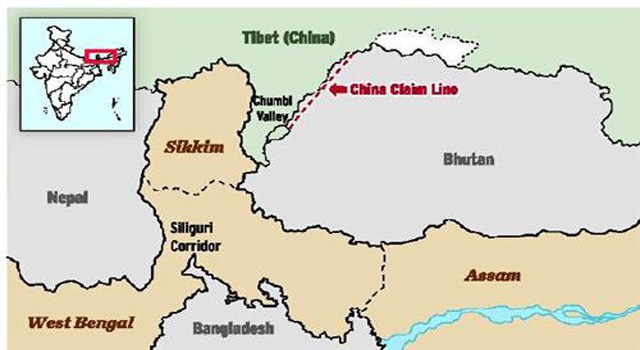
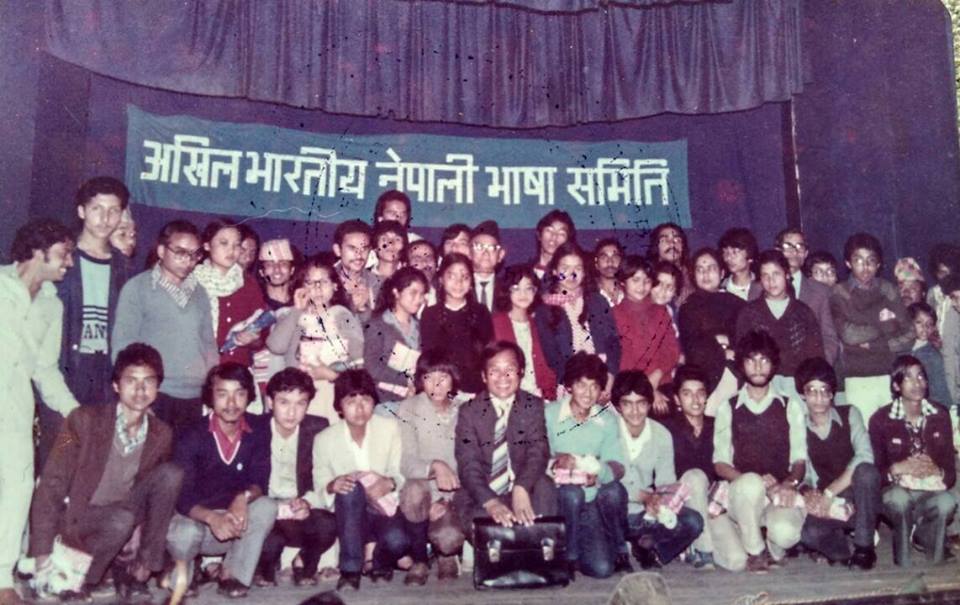
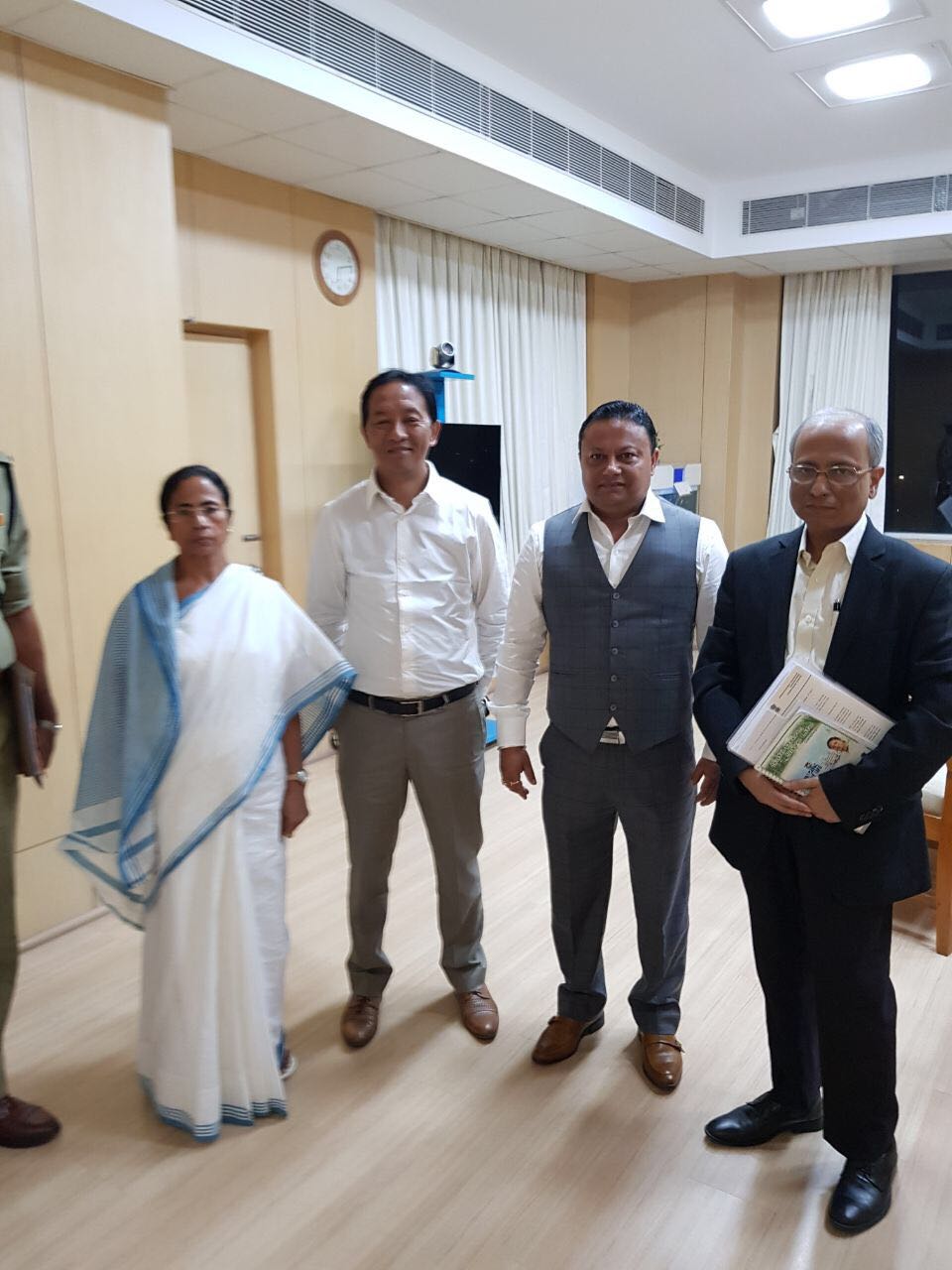
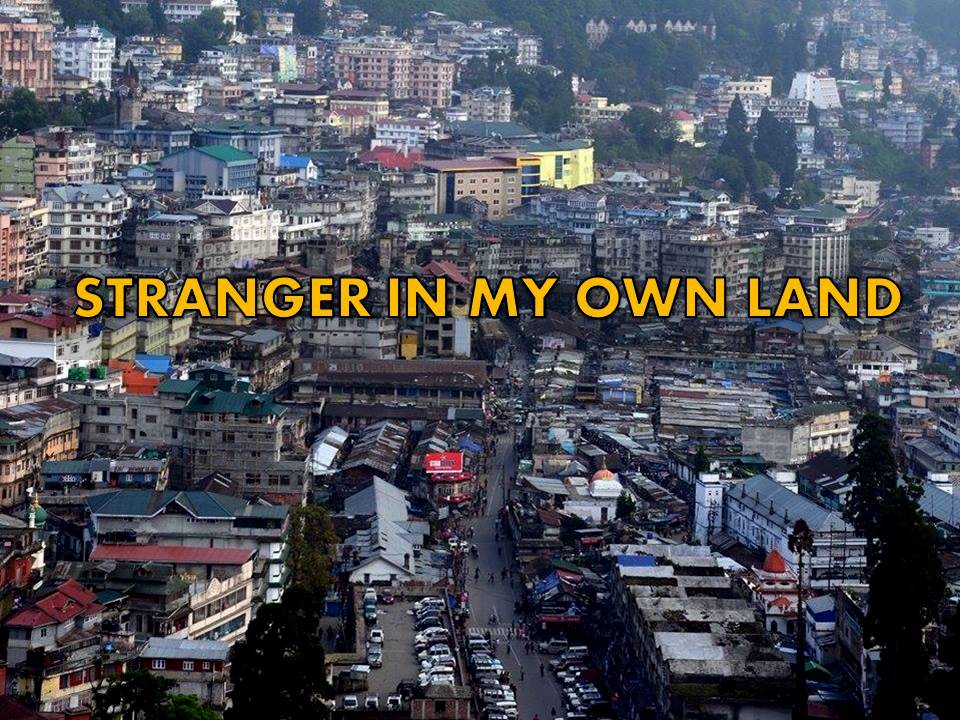

Be the first to comment on "Emerging demographic shift in the Bengal Duars and national security concerns for India"